How to Do the Single-Leg Deadlift
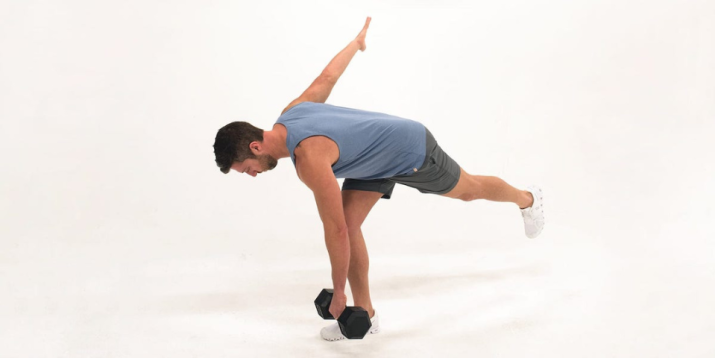
The best exercises check several boxes at once: They work a ton of muscle groups, improve balance, hone coordination, and promote athleticism. All of this is true of the single-leg deadlift, a classic multi-tasker that can challenge newbies and gym rats alike.
“I love the versatility of single-leg deadlifts,” says Jolie Kobrinsky, RKC, TRX, owner of Prime Fitness in Monterey, California. “They integrate your upper and lower body while activating the posterior chain — muscles that extend from the heels to the upper back, essential for standing, sitting, walking, and running.”
Here’s how to get the most out of them.
Single-Leg Deadlift: Step-by-Step Instructions
Found in: Job 1 – Week 2 Start Strong: Chest, Core, Legs
- Stand with your feet hip-width apart, holding a dumbbell or kettlebell by your ride side at arm’s length, palms facing your body.
- Shift your weight onto your left foot, and lift your right foot several inches off of the floor behind you. This is the starting position.
- Keeping your left leg slightly bent, your back flat, and your core engaged, push your hips back into a hinge and lower the weight until your torso is nearly parallel to the floor, raising your right leg behind you. Keep the weight close to your body throughout the move.
- Pause, and then lower your right leg to return to the standing position. Perform equal reps on both sides.
Common Mistakes When Performing the Single-Leg Deadlift
- Struggling for balance: Dial in your balance by fixing your gaze toward a point on the floor several feet in front of you. Also, breathe deeply into your abdomen as you perform each rep.
- Opening your hips: Make sure to keep your hips square and your trailing foot pointing toward the floor as you perform each rep.
- Rounding your back: Keep your back extended and long throughout the move, and don’t lower your torso any further than you can while keeping your lower back in its natural arch. You can maintain a flat back by drawing your shoulder blades together.
Benefits of the Single-Leg Deadlift
- Builds lower-body and core strength
- Trains coordination and balance, helping to improve proprioception (a.k.a. body awareness)
- Improves hip mobility
- Helps identify and correct strength imbalances
How to Make the Single-Leg Deadlift Easier
Make the one-legged deadlift easier with one of the following variations:
1. Bodyweight single-leg deadlift
Perform the move without additional weight.
2. Supported single-leg deadlift
Grab the back of a chair, a rail, or other sturdy object with the hand that’s on the same side as your standing leg.
3. Kickstand deadlift
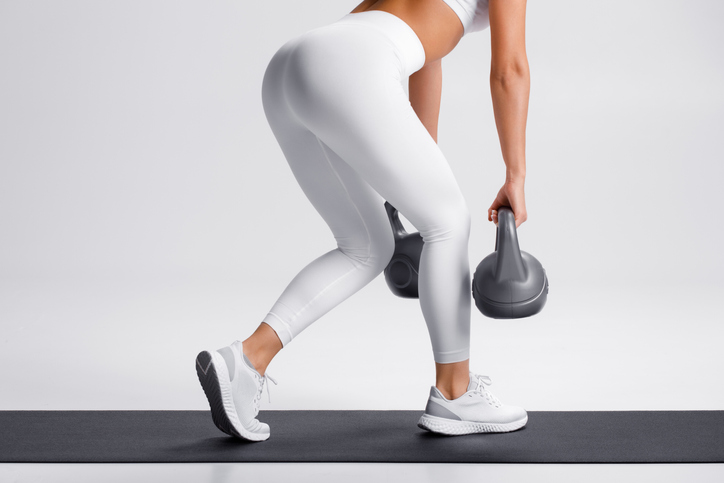
Instead of raising your nonworking leg behind you, step it back 8 to 10 inches, plant the ball of that foot on the floor, and keep it there as you perform the move, being sure to keep your lower back flat. The knee of your working leg should be unlocked but not significantly bent.
Make the move more challenging with one or both of the following options:
4. Walking single-leg deadlift
After each rep, swing your trailing leg forward one large step, and perform the move on the other side. Continue alternating sides. This is particularly useful when performing the single-leg deadlift as a warm-up.
Single-Leg Deadlift Alternatives and Variations
Try any of these exercises that provide benefits and work muscles similar to the single-leg deadlift.
Romanian deadlift
- Stand with your feet shoulder-width apart and parallel, holding a pair of dumbbells in front of your thighs, palms facing you.
- Draw your shoulders back, unlock your knees and engage your core as you slowly hinge at your hips, sending your butt back.
- Maintaining your lower back’s natural arch, lower the weights until your torso is nearly parallel to the floor. Keep your head neutral and the weights close to your body throughout the movement.
- When you can’t descend farther without rounding your back (you should feel a deep stretch in your hamstrings), pause, and push your hips forward to return to the starting position.
Dumbbell deadlift
- Stand with your feet hip-width apart, holding a pair of heavy dumbbells in front of your thighs, palms facing you.
- Keeping your back flat, shoulders back, and core engaged, push your hips back and simultaneously hinge forward at your waist as you bend at your knees (imagine closing a car door with your butt).
- Lower your torso until it’s nearly parallel to the floor and/or you feel a deep stretch in your hamstrings. Keep the dumbbells within an inch or two of your legs throughout the move.
- Pause, and then slowly reverse the movement to return to the standing position.
Forward lunge
This classic forward lunge is can help you build and strengthen almost every muscle below your waist.
- Stand tall holding a pair of dumbbells at arm’s length by your sides (palms in) with your feet hip-width apart.
- Keeping your chest up, shoulders back, core engaged, and back flat, take a large step forward with your right foot.
- Lower your body until your front thigh is parallel to the ground and your rear knee is bent about 90 degrees (it should hover a couple of inches above the floor).
- Pause, and then push off your front feet from the heel to reverse the movement and return to the starting position. Repeat, this time stepping forward with your left foot. Continue alternating legs with each rep.
What Muscles Does the Single-Leg Deadlift Work?
As noted earlier, the one-legged deadlift is a balance-and-coordination builder as much as it is a muscle builder.
That means you’re likely to feel many muscles — from your feet to your neck — activating throughout the move as you work to keep yourself upright and aligned.
But the prime movers — the muscles doing the bulk of the work in the single-leg deadlift — are as follows:
Glutes
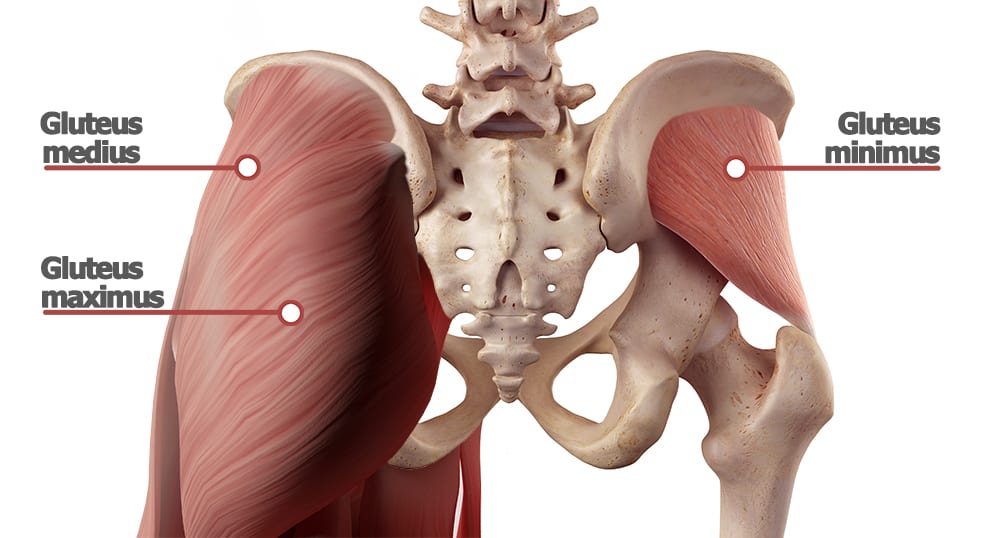
The gluteus maximus of your standing leg works to extend (straighten) your hip as you return to the starting position.
Two smaller butt muscles, the gluteus minimus and gluteus medius, help to stabilize you as you perform the move.
Hamstrings
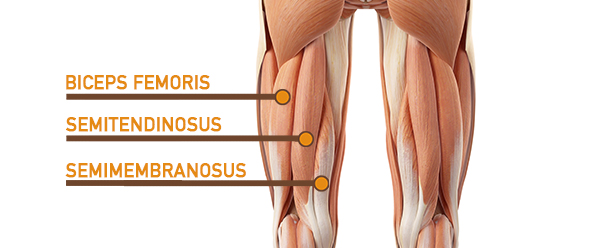
These muscles on the backs of your thighs aid in hip extension throughout the move. They also get a deep stretch at the bottom of the movement (which you may feel the next day!).
Spinal erectors
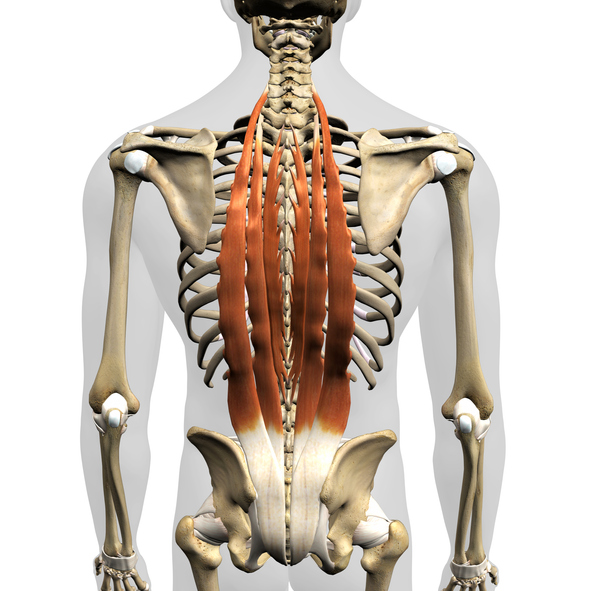
Flanking your spinal column, these muscles work hard to keep your torso extended and your back flat as you descend into the hinged position.
Calves
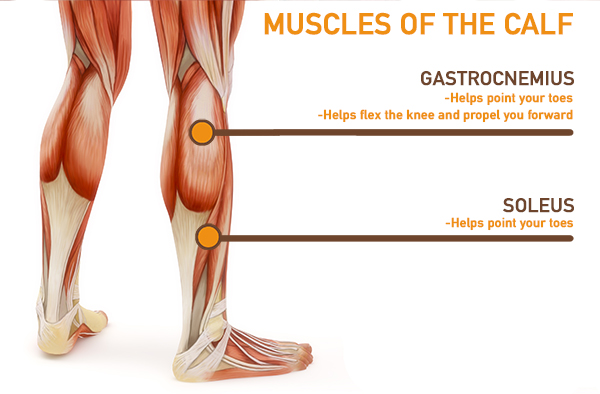
The gastrocnemius and soleus (upper and lower calf, respectively) also contract isometrically to help you maintain balance throughout the exercise.
